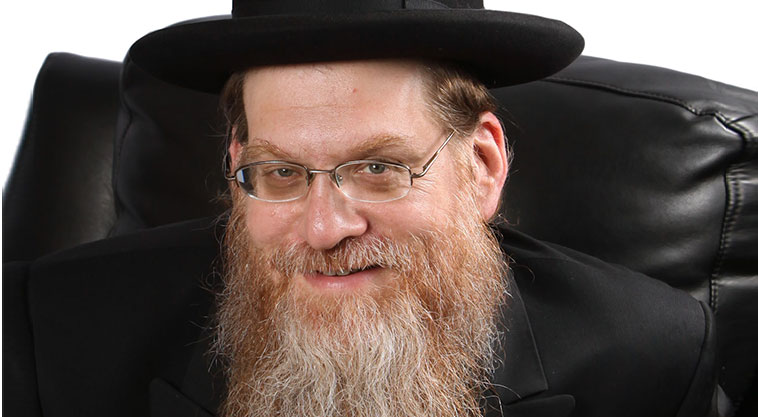The Rite of Return

His facial expression alone brought home to me the lesson of what kedushas beis haknesses means
After 105 days of estrangement from my beloved shul, finally, on Shabbos Parshas Shelach, we would return. There would be restrictions — only 50 people could attend, and masks were mandatory — but, at long last, we were going home.
On the Erev Shabbos before the long-anticipated reunion, I sat quietly at my desk with many emotions flowing through me.
On the one hand, the banishment from the shul was something to ponder and led me to a cheshbon hanefesh. Yet combined with that was the feeling of excitement of finally reentering our mikdash me’at. I could not just enter the shul as if I had been there yesterday; I desperately needed to have a sense of awe and reverence for the special occasion. I wanted the homecoming to be special and unique.
I thought back through my life and tried to recall a time in my life when I profoundly felt a sense of kevod beis haknesses, and my mind took me back 43 years, to 1977.
I was learning in yeshivah in Eretz Yisrael, and for Pesach, I would be with my uncle in Yerushalayim.
A few days before Pesach, I saw a sign announcing that the Rishon L’Tzion, Rav Ovadiah Yosef, would be speaking in honor of Shabbos Hagadol in a shul not far from where I was staying. The sign said he would be speaking at four thirty, and I decided to go.
I was very excited to hear this great gaon and decided to go early so to get a good seat at what I assumed would be a huge crowd. I arrived at the shul at four, and to my surprise, only a handful of men were there.
Cleary, everyone would arrive only at the posted starting time, and therefore I was left with a half hour of extra time. The Sephardic shul had no shtenders or tables; there were single seats arranged around the room near the walls.
I found a Chumash, sat down in one of the chairs, and began to learn.
Trying to balance the large Chumash in my hands, I crossed my right leg over my left leg and utilized my horizontally positioned right leg as a makeshift table for the Chumash.
A few seconds later, I felt a healthy slap across the back of my neck.
The slap was hard enough to get my attention, yet certainly not meant to inflict injury.
I quickly looked up; standing in front of me was a man in his seventies dressed quite casually.
He wore no suit nor hat and looked to be your average man from the street. He was clearly agitated, but I had no idea why. Had I taken his seat? Was this his private Chumash?
I did not have long to wait to discover the reason for his fury.
“Kacha yoshvim b’veit knesset? [Is this how you sit in a shul?] Are you in a movie theater? How dare you cross your legs in a makom kadosh. Do you realize where you are? How could you dare sit in such a disrespectful fashion in a beit knesset?”
I looked at the man. His face displayed shock and disbelief at my sheer audacity to sit as I did.
He did not quote any halachos from Shulchan Aruch, nor did he appear to be a distinguished talmid chacham. But he had no need to quote any halachos. His facial expression alone brought home to me the lesson of what kedushas beis haknesses means more powerfully and with greater clarity than any mussar shmuess could have achieved.
From that day on, I have never crossed my legs in a shul. And I was now ready to reenter mine.
(Originally featured in Mishpacha, Issue 817)
Oops! We could not locate your form.



